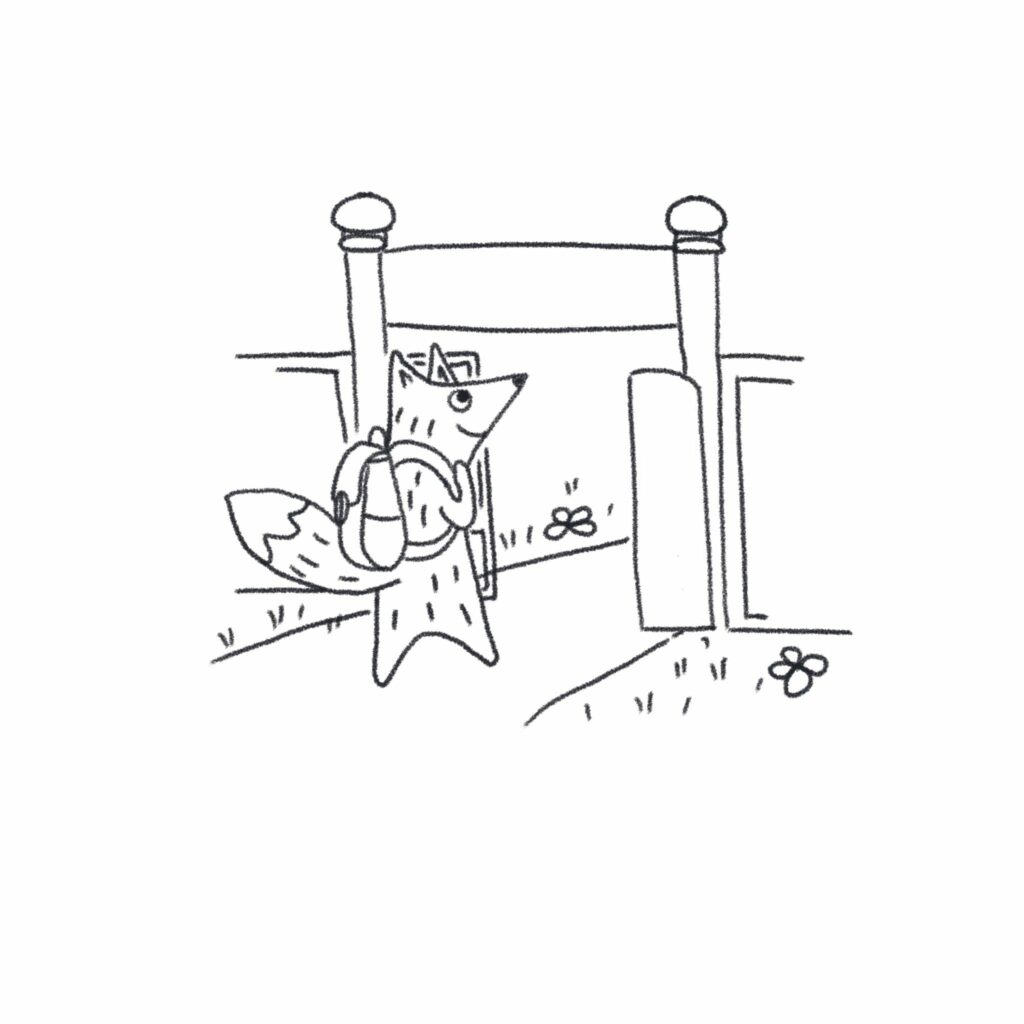With every new arrival to the 100 Toys household (we’re now on baby number four), I become more convinced of the importance of the so-called fourth trimester.
The fourth trimester is another name for the first few months of a baby’s life; its proponents believe that when human babies are born they’re pretty unprepared for life outside the uterus. For nine months of their development they’ve been warm, naked, curled-up and physically close to their mother. Once born they’re thrust abruptly into bright lights, cold air and strange sounds and smells, dressed and undressed in nappies and babygros. Believers in the fourth trimester think it’s important to keep the first few months of their baby’s life as close to their gestation as possible – without too much stimulation – until they are stronger and more able to cope with the kaleidoscope of daily life.
One of the most popular toys in our essential 100, and the toy I always recommend to parents of newborns, is the Manhattan Toy Company’s Infant Stim Mobile. The distinctive, high-contrast black and white images stimulate a baby’s vision because while they’re very small, they see things in black and white. The mobile is great because it’s so low-tech. It doesn’t play music, it doesn’t wind up. You twist it round a few times and as it gradually unwinds, and the discs drift silently overhead, like clouds.
My eldest son loved looking at the Infant Stim Mobile (and the Manhattan Toy Company’s other black and white products like the Nursery Novel cot gallery) as soon as he arrived. I am convinced that he was able to focus better than some babies his age because we used this with him – it was essentially a gym for his vision.
But our latest arrival has been less interested in the mobile, and seems to want the peace and quiet of her time in her crib to be less stimulating. I suspect this is because she finds herself at the centre of an already highly-stimulating household, with plenty of noise and things to see. She simply has less tolerance for anything that breaks the tranquility of her time in the crib or on the playmat.
The parenting take-away I’ve gained from their very different approaches to the mobile, is to be careful of over-stimulation. Just because the first things your baby can see are black and white, high-contrast images, doesn’t always mean that you should bombard your child with them. (It’s one of the reasons we started our upcoming, occasional series: ‘Reasons not to buy this toy’)
Having said all that, there will always be a place for giving your child interesting things to look at and listen to. Now, at seven weeks (halfway through her fourth trimester, as it happens) Camilla loves the mobile and will lie beneath it for 20 minutes at a time. Some children take to it immediately while others take a few weeks. But they all seem to fall under its spell eventually.
The idea of a fourth trimester is a seductive one. It also helps us to dismiss a lot of the marketing that’s thrust our way in our babies’ first few months. We learn to trust our instincts, and to put baby first.
I’m not a RIE parenting evangelist, the gentle-parenting approach we looked at in our last post. There is much I don’t agree with. But we can learn a lot from its unrelenting focus on the child. Even newborns have preferences. If we look carefully enough, we might discover what they are.





